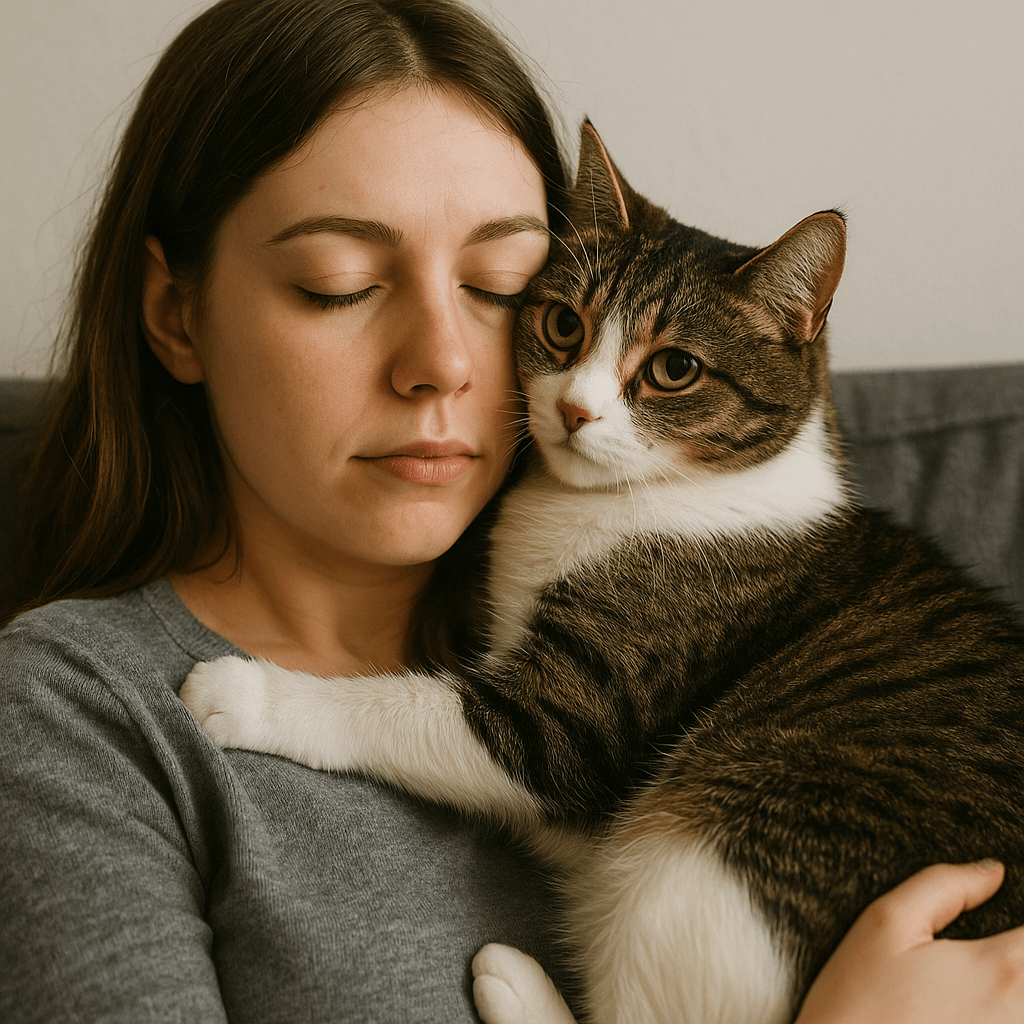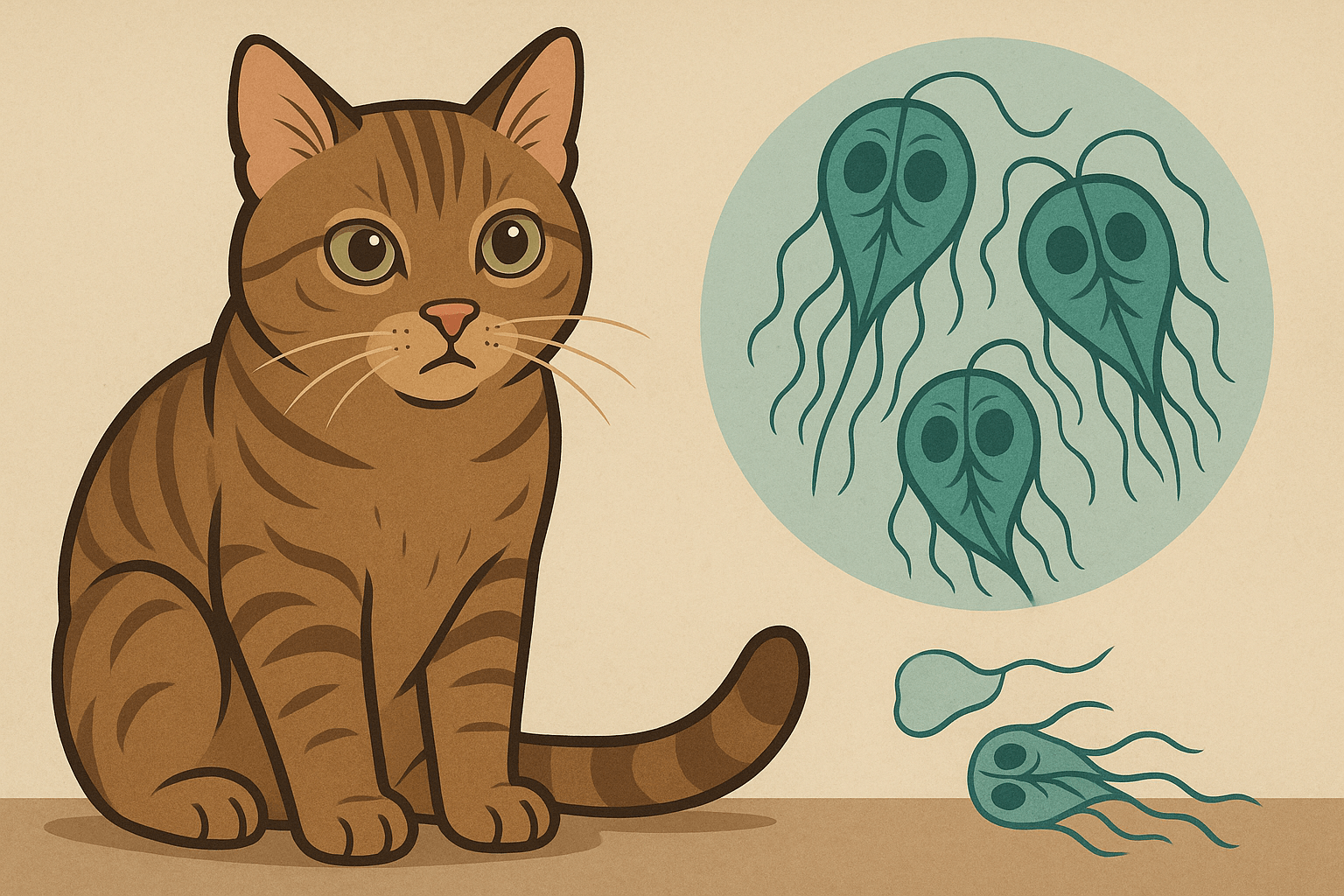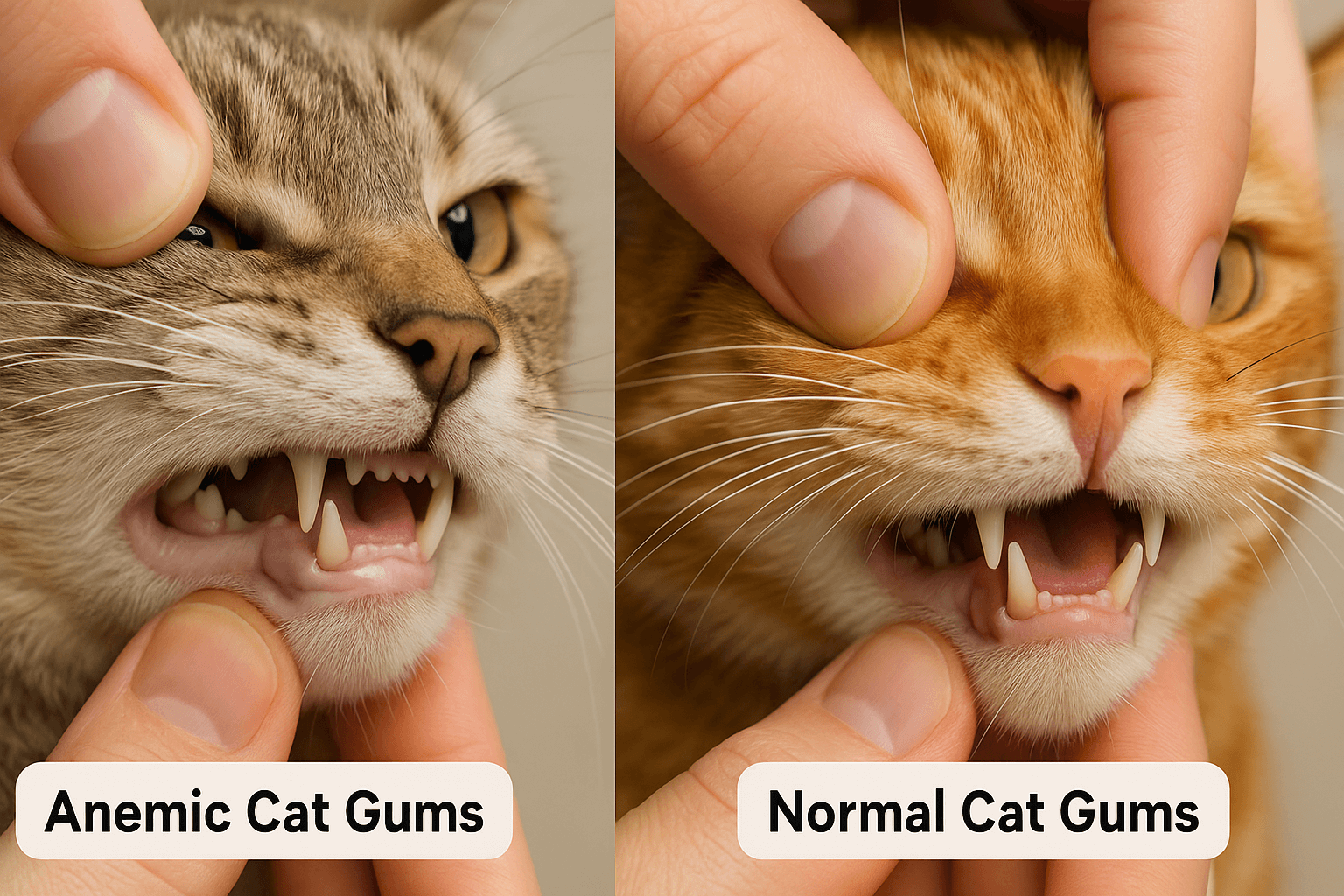My Cat Has Attachment Issues: Understanding and Strengthening Your Bond
Cats are often perceived as independent creatures, but many felines form deep emotional bonds with their human companions. However, some cats may exhibit behaviors that suggest attachment issues, such as clinginess, avoidance, or anxiety when separated from their owners. These behaviors can stem from past trauma, changes in environment, or even personality traits. If you suspect your cat has attachment issues, it’s important to approach the situation with patience, empathy, and a willingness to nurture trust. In this blog post, we’ll explore the signs of attachment issues in cats, practical strategies to address them, and how to build a stronger, healthier bond with your furry friend.
Signs Your Cat May Have Attachment Issues
Attachment issues in cats can manifest in various ways, often depending on their personality and experiences. Recognizing these signs is the first step toward helping your cat feel more secure.
Excessive Clinginess:
Some cats become overly dependent on their owners, following them everywhere and becoming distressed when left alone.Avoidance or Hiding:
Cats with attachment issues may avoid interaction altogether, retreating to secluded spots when they feel overwhelmed.Anxiety During Separation:
Signs of separation anxiety include excessive meowing, pacing, or destructive behavior when you’re not around.Overgrooming or Self-Harm:
Stress-related behaviors like overgrooming or biting their own skin can indicate emotional distress tied to attachment problems.Fear of New Environments:
Cats with attachment issues may struggle to adapt to changes in their surroundings, clinging to familiar people or objects for comfort.
Understanding these behaviors helps you identify whether your cat is experiencing attachment challenges and take steps to address them effectively.

How to Build Trust with Your Cat
Building trust is key to overcoming attachment issues and fostering a healthy relationship with your cat. These actionable tips can guide you through the process.
Spend Quality Time Together:
Engage in activities your cat enjoys, such as playtime with toys or gentle petting sessions, to strengthen your bond.Create a Safe Space:
Provide a designated area where your cat feels secure, equipped with cozy bedding, hiding spots, and familiar scents.Use Positive Reinforcement:
Reward calm and confident behavior with treats, praise, or affection to encourage positive associations.Respect Their Boundaries:
Allow your cat to initiate interactions and avoid forcing them into situations that make them uncomfortable.Establish a Routine:
Consistent feeding, play, and grooming schedules help cats feel more secure and reduce anxiety.
By prioritizing trust and patience, you can create an environment where your cat feels loved and supported.
Check this guide 👉What Is a Cat Behaviorist? Best 7 Expert Tips!
Check this guide 👉Cat Behavior After Being Lost: Best 7 Expert Tips!
Check this guide 👉Cat Behavior After Being Lost: Best 7 Expert Tips!
Ways to Support Your Cat Emotionally | Common Triggers for Attachment Issues |
|---|---|
Offer interactive toys and puzzles | Past trauma, such as abandonment or abuse |
Maintain a predictable daily routine | Sudden changes in household dynamics |
Provide calming products (e.g., pheromones) | Moving to a new home or environment |
Use soothing music or white noise | Loss of a companion animal or human |
Practice low-stress handling techniques | Loud noises or chaotic environments |
The Role of Play in Addressing Attachment Issues
Playtime isn’t just fun—it’s also a powerful tool for helping cats overcome attachment issues. Incorporating structured play into your routine can boost confidence and strengthen your bond.
Choose Interactive Toys:
Wand toys, laser pointers, and feather teasers engage your cat’s hunting instincts and encourage focused interaction.Rotate Toys Regularly:
Introducing new toys or rotating old ones keeps playtime exciting and prevents boredom.Set Aside Dedicated Play Sessions:
Schedule at least two 10-15 minute play sessions daily to provide mental stimulation and physical exercise.End Play with a “Kill Bite”:
Let your cat “catch” the toy at the end of playtime to satisfy their natural predatory drive and promote relaxation.Incorporate Treat Rewards:
Pair play with small treats to reinforce positive emotions and associate playtime with rewards.
Through play, you can help your cat feel more secure while deepening your connection.
Managing Separation Anxiety in Cats
Separation anxiety is a common symptom of attachment issues and can be challenging for both cats and their owners. These strategies can help ease your cat’s stress when you’re apart.
Gradual Departures:
Practice leaving the house for short periods and gradually increase the duration to desensitize your cat to your absence.Leave Comfort Items Behind:
Place clothing or blankets with your scent near your cat’s safe space to provide reassurance.Provide Distractions:
Puzzle feeders or automated toys can keep your cat entertained and distracted while you’re away.Use Calming Aids:
Products like Feliway diffusers or calming collars can help reduce anxiety during separations.Seek Professional Help if Needed:
Consult a veterinarian or animal behaviorist for persistent separation anxiety that doesn’t improve with intervention.
With consistency and care, you can help your cat feel more comfortable being alone.
Common Misconceptions About Cat Attachment
There are several misconceptions about cats and attachment that can lead to misunderstandings. Clearing up these myths helps foster a better relationship with your feline companion.
Cats Don’t Form Bonds Like Dogs Do:
While cats express attachment differently, they are capable of forming deep emotional connections with their owners.Clingy Cats Are Just “Needy”:
Clinginess often stems from insecurity or anxiety, not simply a desire for attention.Independent Cats Don’t Need Affection:
Even independent cats benefit from regular interaction and reassurance to feel secure.All Cats Adapt Easily to Change:
Many cats are highly sensitive to changes in their environment, which can trigger attachment issues.Ignoring Problematic Behavior Will Make It Go Away:
Ignoring signs of attachment issues without addressing the root cause can worsen the problem over time.
Dispelling these myths promotes a deeper understanding of your cat’s needs and behaviors.
How Nutrition Impacts Emotional Health
A balanced diet plays a crucial role in supporting your cat’s emotional well-being, especially if they struggle with attachment issues. Proper nutrition can influence mood, energy levels, and overall resilience.
High-Quality Protein Sources:
Protein supports brain function and provides essential amino acids that regulate mood and behavior.Omega-3 Fatty Acids:
Found in fish oil, omega-3s can reduce inflammation and promote calmness in anxious cats.Avoid Artificial Additives:
Certain preservatives and dyes may negatively affect behavior and should be avoided.Hydration Is Key:
Dehydration can exacerbate stress and fatigue, so ensure fresh water is always available.Consult Your Vet About Supplements:
Probiotics or calming supplements may help manage stress-related symptoms in sensitive cats.
Nutrition is an often-overlooked factor in addressing emotional challenges, but it can make a significant difference.
Creating a Calming Environment for Your Cat
Your home environment plays a vital role in helping a cat with attachment issues feel safe and relaxed. Small adjustments can have a big impact on their emotional state.
Minimize Noise Levels:
Reduce loud sounds or sudden disruptions that might startle your cat and increase anxiety.Provide Vertical Spaces:
Cat trees or shelves give your cat elevated perches to observe their surroundings safely.Introduce Soft Lighting:
Dimmer lights or natural sunlight creates a soothing atmosphere compared to harsh artificial lighting.Use Familiar Scents:
Keep items like blankets or toys with your scent nearby to offer comfort during stressful moments.Limit Unnecessary Changes:
Avoid frequent rearrangements of furniture or routines, as stability is crucial for anxious cats.
A calming environment sets the stage for healing and reinforces feelings of security for your cat.
Frequently Asked Questions About Cat Attachment Issues
Can cats develop attachment issues later in life?
Yes, changes in environment, health, or household dynamics can trigger attachment issues in cats of any age.
How long does it take to resolve attachment issues?
The timeline varies depending on the cat’s personality, history, and the severity of the issue, but patience and consistency are key.
Are certain breeds more prone to attachment issues?
While individual temperament plays a bigger role than breed, some breeds, like Siamese or Ragdolls, are known for forming strong bonds with humans.
Should I adopt another cat to help my anxious cat?
This depends on your cat’s personality. Some cats benefit from companionship, while others may feel more stressed with a new addition.
What if my cat’s behavior doesn’t improve?
Persistent issues may require professional guidance from a vet or certified animal behaviorist to address underlying causes.
Strengthening Your Bond Through Understanding and Patience
Cats with attachment issues need extra love, understanding, and patience to thrive. By recognizing the signs, addressing potential triggers, and implementing supportive strategies, you can help your feline friend feel more secure and confident. Remember, building trust takes time, but the effort you invest will pay off in a stronger, healthier relationship. With consistent care and compassion, you can transform your cat’s attachment challenges into opportunities for growth and connection. Every cat deserves to feel safe and loved—and with your support, they can flourish.
Giardia in Cats: Best 7 Expert Tips! Discover expert advice on identifying, treating, and preventing giardia in cats to ensure your feline stays happy and healthy.
Cat Hyperventilating: Best 7 Expert Tips! Discover signs, causes, and solutions for cat hyperventilation. Learn how to calm your cat and when to seek veterinary care for their breathing issues.
Anemic Cat Gums vs Normal: Best 7 Expert Tips! Learn to spot signs of anemia in cats, understand gum health, and ensure your feline stays happy and healthy with expert advice.
Himalayan Cat Size: Best 7 Expert Tips! Discover expert advice on Himalayan cat size, growth factors, care tips, and how to ensure your feline stays healthy and happy.




